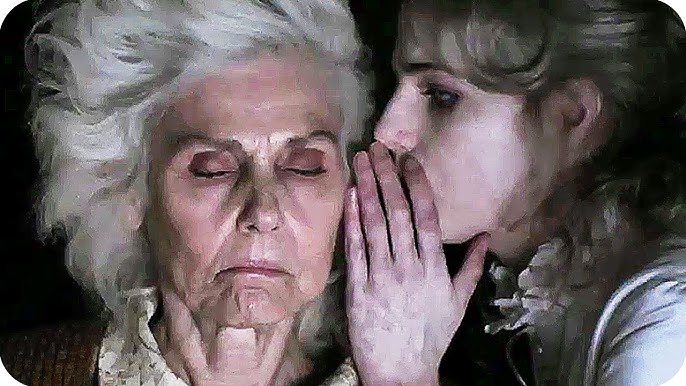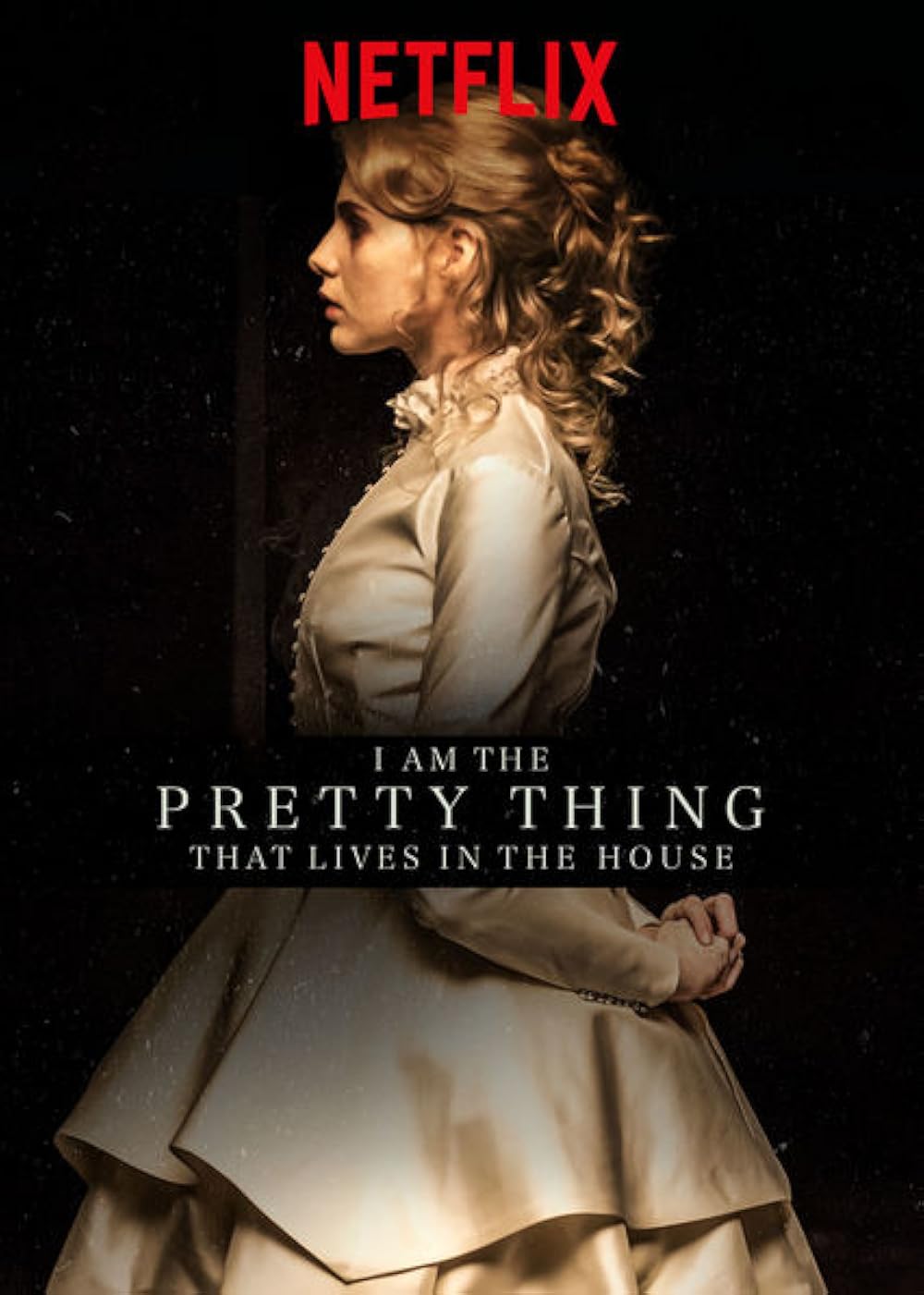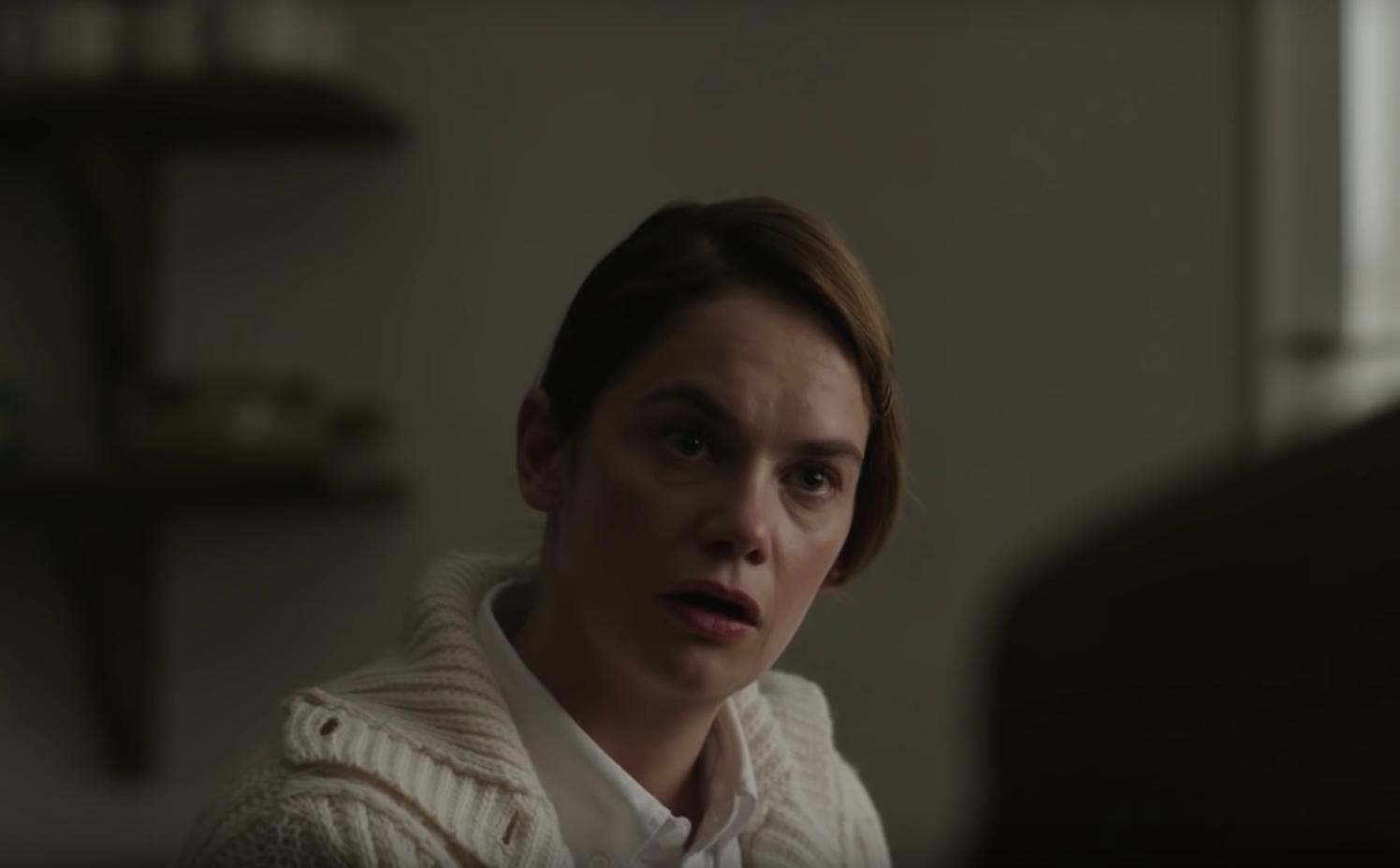I Am the Pretty Thing That Lives in the House (2016)

“I Am the Pretty Thing That Lives in the House” (2016): A Haunting Exploration of Memory and Fear Directed by Oz Perkins
Released in 2016, “I Am the Pretty Thing That Lives in the House” is a psychological horror film directed by Oz Perkins, known for his unique approach to the genre. The film stars Ruth Wilson as Lily, a live-in nurse assigned to care for the elderly horror novelist Iris Blum, played by Paula Prentiss. Merging atmospheric tension with introspective storytelling, the film delves into themes of fear, memory, and the lingering presence of the past. With its slow-burning narrative and haunting visuals, “I Am the Pretty Thing That Lives in the House” offers a distinct take on psychological horror that lingers long after viewing.

The story unfolds in a decaying, isolated house, where Lily becomes increasingly aware of the eerie atmosphere surrounding her. As she tends to Iris, who suffers from dementia, Lily discovers the shadows of Iris’s past and the unsettling history tied to the house. The film’s narrative is steeped in ambiguity, blurring the lines between reality and the supernatural, as Lily grapples with her own fears and the ghostly presence that seems to haunt the home. The film’s title itself suggests a duality, reflecting both Lily’s fragile state of mind and the ominous legacy of the house.

Oz Perkins’ direction is marked by a deliberate pacing that cultivates an unsettling ambiance. The cinematography by Julie Kirkwood captures the house’s oppressive beauty, using dim lighting and long takes to create a sense of claustrophobia. The film’s visual style emphasizes the haunting quality of the setting, making viewers feel as though they are trapped within the walls alongside Lily. The score, composed by the director himself, further enhances the eerie atmosphere, combining minimalist sounds with unsettling harmonies to evoke a sense of dread.

“I Am the Pretty Thing That Lives in the House” is primarily classified as a psychological horror film, but it also incorporates elements of drama and existential reflection. The film explores the concept of fear not only as a physical threat but as an emotional and psychological experience. Lily’s character grapples with her own anxieties and the weight of her responsibilities, revealing deeper themes of isolation and the fear of becoming trapped—both physically and mentally. The narrative invites viewers to reflect on the nature of memory and the ghosts that linger in our lives, whether literal or metaphorical.
Ruth Wilson’s performance as Lily is a standout element of the film. She portrays a character that is both vulnerable and introspective, allowing viewers to connect with her internal struggles. Wilson’s nuanced performance adds depth to Lily’s journey, capturing the character’s growing unease and the gradual unraveling of her psyche. Paula Prentiss, as Iris, delivers a haunting portrayal of a woman whose past is riddled with mystery, enhancing the film’s exploration of memory and legacy.
Upon its release, “I Am the Pretty Thing That Lives in the House” received mixed reviews from critics. While some praised its atmospheric storytelling and the exploration of psychological themes, others found the pacing slow and the narrative convoluted. However, the film has garnered a following among fans of slow-burn horror, who appreciate its artistic approach and psychological depth.
In conclusion, “I Am the Pretty Thing That Lives in the House” is a haunting and thought-provoking psychological horror film that showcases Oz Perkins’ directorial vision and Ruth Wilson’s compelling performance. With its eerie atmosphere, introspective narrative, and exploration of memory and fear, the film offers a unique experience that lingers in the mind. As it navigates the complexities of the human psyche and the ghosts of the past, “I Am the Pretty Thing That Lives in the House” invites viewers to confront their own fears, making it a memorable addition to the horror genre. Its emphasis on atmosphere over jump scares ensures its place as a distinctive and unsettling exploration of what haunts us.











